
views
Understanding Asset Impairment

Learn the definition. Asset impairment occurs when the fair market value of a fixed asset falls below the carrying value of the asset and the carrying value is not recoverable. It can happen to property, equipment, vehicles or other fixed assets. This decline in value, or impairment, may result from several causes, including damage, obsolescence due to advances in technology or changes in the legal code. It may also result from a decrease in the expected cash flow the equipment will bring to the business. The impairment, or loss of value, can be written off on the company’s financial statements. A fixed asset is an item with a useful life that is greater than one accounting period, usually a year. The value of the item must also exceed the company’s capitalization limit, or the cost threshold that distinguishes ordinary purchases from capital expenses. Examples of fixed assets include buildings, computer equipment, software, furniture, land, machinery and vehicles.
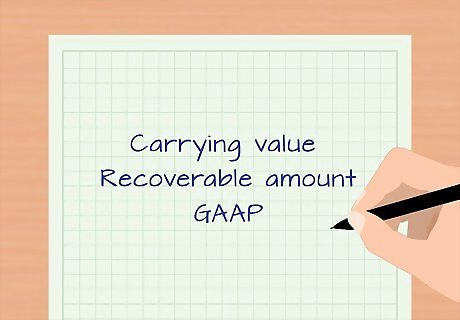
Understand how asset impairment is calculated. Certified public accountants (CPA’s) calculate asset impairment. They follow generally accepted accounting principles (GAAP) in order to determine how and when to calculate asset impairment. First, they test for asset impairment, which means determining the item’s recoverable amount. Then they compare the recoverable amount with the carrying value of the item to decide how much to write off. The carrying value is the cost of the item less any accumulated depreciation. The recoverable amount is the value in use (cash flow generated) or fair market value (amount for which the item could be sold), whichever is higher. GAAP is the framework of rules and standards established by the professional accounting industry. The Financial Accounting Standards Board (FASB), who establishes and communicates GAAP within the United States, issued Statement no. 144, Accounting for the Impairment or Disposal of Long-Lived Assets, to define how CPA’s should calculate and report asset impairment.

Know when to test for asset impairment. Testing for asset impairment means determining the recoverable amount of an item. The recoverable amount is either the value in use (cash flow it generates) or the fair market value (amount for which it could be sold), whichever is higher. It isn’t necessary to test all of a company’s fixed assets for impairment in every accounting period. Accountants will test for impairment under specific circumstances. CPA’s will test for asset impairment if there is a sudden or unexpected decline in the market price of an asset, which may be due to damage or technological obsolescence. CPA’s may also test for asset impairment if the company changes how it uses the asset or following a legal change or other change in the business climate that affects the cash flow the item will bring to the company.
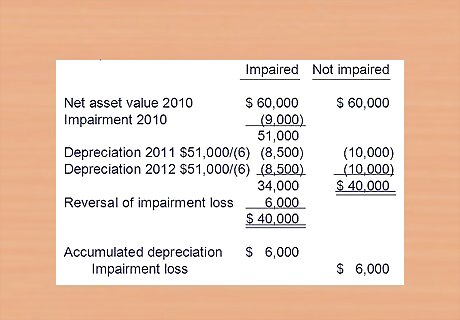
Understand how it is reported. The loss is reported in two places. First, it is recorded as an expense on the income statement for the current accounting period. Next, the carrying value of the asset is written down by the amount of the impairment on the balance sheet. Depreciation is recalculated to account for the change in the carrying value of the item.
Calculating Asset Impairment
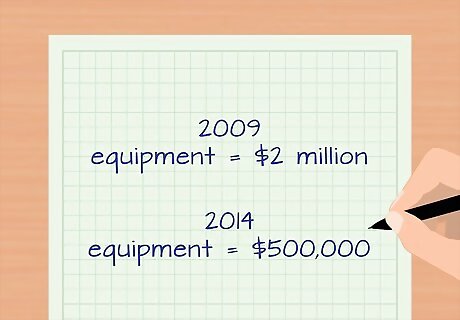
Consider an example. Suppose in 2009, a manufacturing company purchased equipment for $2 million, and the estimated useful life is 10 years. In 2014, advances in technology in the industry rendered the equipment obsolete. The company could sell the equipment for $500,000, and it would incur a cost of $10,000 to sell it. If the company kept the equipment, the anticipated cash flow it would generate over the next five years is $700,000, and at that point it could be sold for $50,000.
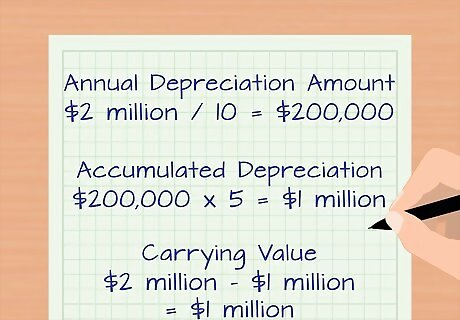
Calculate the carrying value of the asset. Calculate the annual depreciation recorded for the item. Determine the accumulated the depreciation recorded to date on the equipment. Subtract the accumulated depreciation from the original cost of the item. Using straight-line depreciation, calculate the annual depreciation by dividing the original cost by the number of years in useful life. In this example, the equipment cost $2 million and had an estimated useful life of 10 years. Use the equation $2 million / 10 = $200,000. This is the annual depreciation amount. Determine the accumulated depreciation by multiplying the annual depreciation by the number of years the equipment has been owned. The company has owned this equipment for five years, so the accumulated depreciation is $200,000 x 5 = $1 million. The carrying value of the asset is the original cost minus the accumulated depreciation. Use the equation $2 million - $1 million = $1 million. The carrying value of the equipment is $1 million.
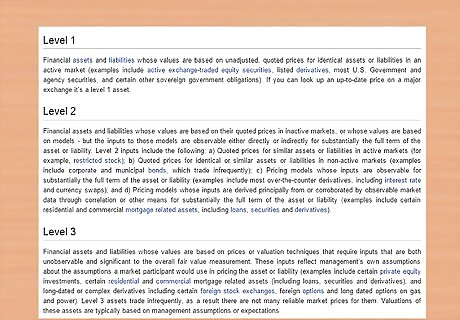
Determine the fair value of the asset. The fair market value is the amount for which the equipment could be sold, less any costs incurred to sell it. According the GAAP, the company can use three approaches to value the asset. Further, GAAP has identified three levels of inputs to provide information for valuing the asset. Choose from three approaches to value the asset. The market approach considers the transactions involving identical or similar assets. The cost approach calculates the cost of replacing the asset. The income approach reflects future cash flow, income and expenses related to the asset. GAAP defines a hierarchy of sources of information for valuing the asset. This hierarchy has three levels. Level 1 includes quoted prices for identical assets in active markets. Level 2 includes observable inputs, such as quoted prices for similar assets. Level 3 includes unobservable inputs, such as an estimation of price based on available information.

Analyze the value in use. The value in use is the present value of an asset based on the cash flow it will generate. It can be offset by the costs of disposal of the item at the end of its useful life. Alternatively, the revenue from selling the asset at the end of its useful life can add to the value in use.
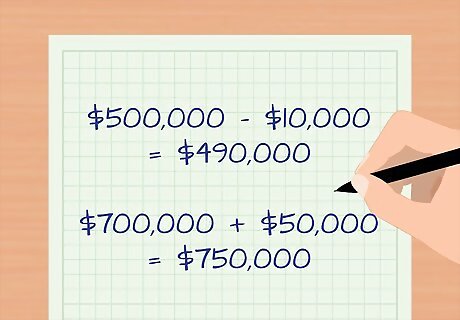
Determine the recoverable amount. The recoverable amount is either the fair market value or the value in use, whichever is higher. Adjust the fair market value by the costs incurred to sell the asset. Adjust the value in use by the cost of disposal or the amount for which it can be sold at the end of its useful life. In the above example, the equipment could be sold today for $500,000. The cost to sell it would be $10,000. The fair market value would be $500,000 - $10,000 = $490,000. The value in use would be the anticipated cash flow over the remaining years of useful life and the selling price at the end. The value in use would be $700,000 + $50,000 = $750,000. The recoverable amount is the higher of the two. In this example, the value in use is higher than the fair market value. Therefore, the recoverable amount is $750,000.
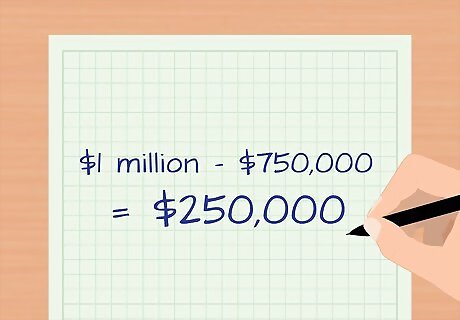
Compare the recoverable amount to the carrying value. The carrying value of the item is $1 million. The company cannot recover this amount because the equipment is obsolete, so it must determine how much to write off. Subtract the recoverable amount from the carrying value using the equation, $1 million - $750,000 = $250,000. The asset impairment to be recorded, or the amount to be written off, is $250,000.
Recording a Journal Entry for Asset Impairment
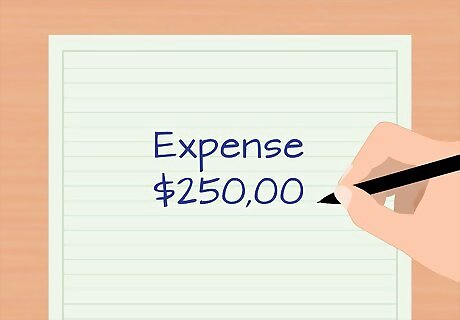
Record the expense on income statements. The company reports the asset impairment as an expense on the income statement. This means that the profit for the year is reduced by the amount of the asset impairment. In the above example, the company would record a $250,000 expense on their income statement for the current accounting period.
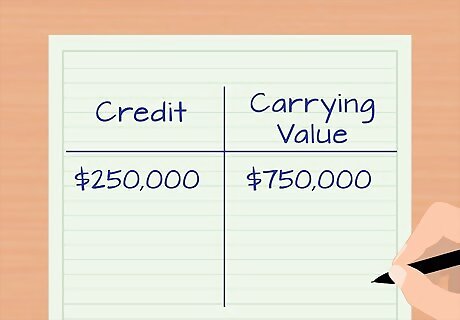
Adjust the carrying value on the balance sheet. The debit of the asset impairment on the income statement is offset by an adjustment to the carrying value of the asset on the balance sheet. The two journal entries must be equal in order to offset each other. In the above example, a credit of $250,000 would be made to accumulated depreciation, reducing the carrying value of the asset to $750,000.
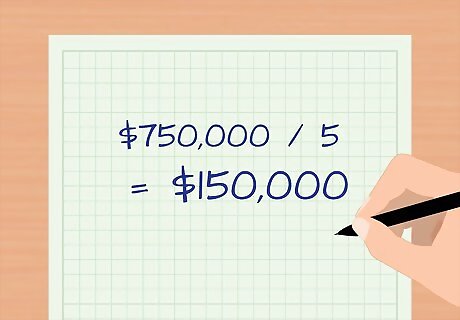
Recalculate depreciation. Depreciation would be recalculated based on the adjusted carrying value of the asset. Using straight-line depreciation, the carrying value of the asset would be divided by the number of years remaining in its useful life. In the above example, the carrying value of the equipment is $750,000, and there are five years remaining in useful life. The annual depreciation to be recorded is $750,000 / 5 = $150,000. For each year of the remaining five years of the asset’s useful life, $150,000 in depreciation will be recorded.

Disclosing impairment details. The circumstances surrounding the asset’s impairment must be disclosed on financial statements. This allows investors to understand the drop in cash flow and assess whether or not it indicates pervasive financial instability. In addition, the method used to determine fair market value must be fully explained.










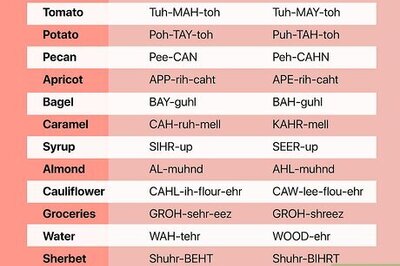



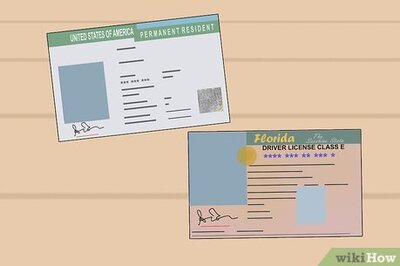

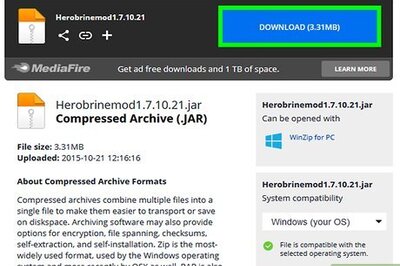

Comments
0 comment